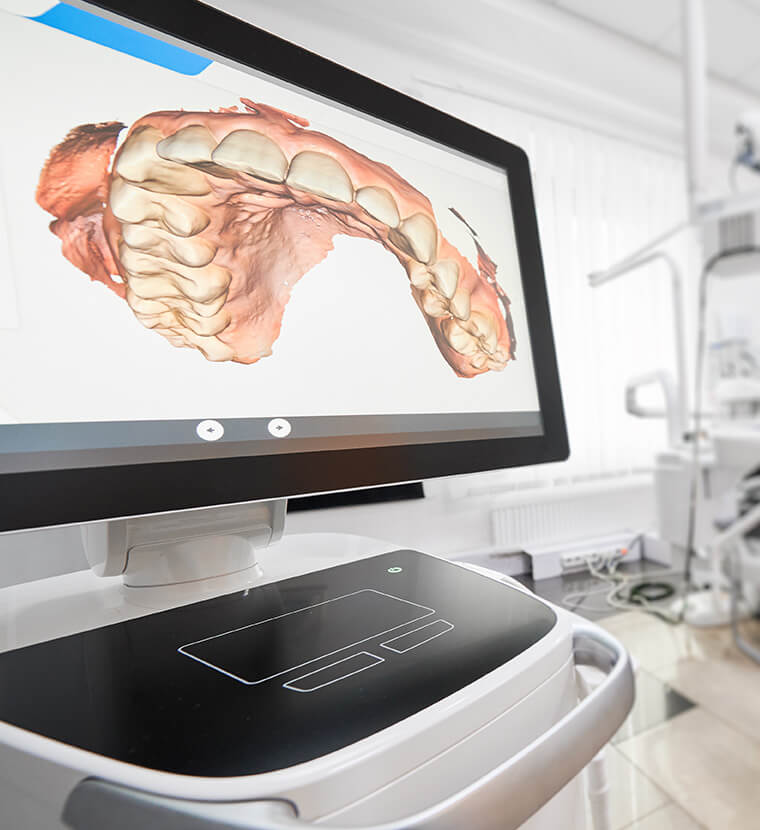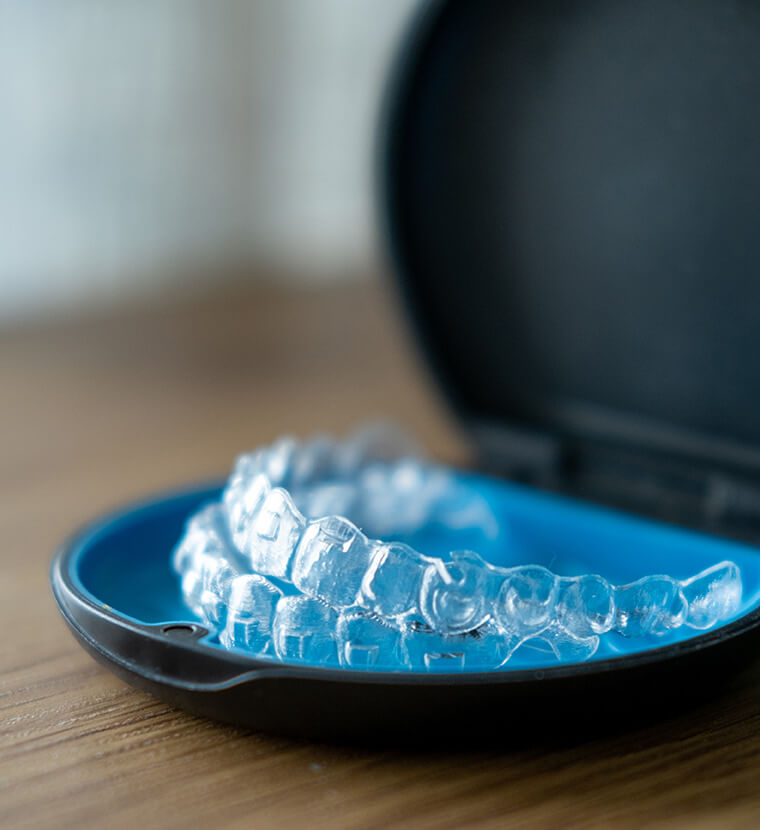
Invisalign® Clear Aligner Therapy in Seattle, WA
Dreaming of a straighter smile but don’t know where to start? You may be a great candidate for Invisalign, one of the most popular choices for clear aligner therapy. Drs. Sang and Jiyon Kim are Platinum Invisalign providers, and they would be happy to help you attain a beautiful, symmetrical smile. Contact our office today to learn more and get started!
Contact UsWhat are the benefits of Invisalign?
Discreet Appearance
Invisalign clear aligners are nearly invisible, making them a great option for those who want a more subtle alternative to traditional metal braces.
Comfortable Fit
Made from smooth, BPA-free plastic, Invisalign aligners are custom-designed to fit comfortably over your teeth, reducing irritation and discomfort.
Removable
Clear aligners can be easily removed for eating, drinking, brushing, and flossing, allowing for better oral hygiene and no food restrictions.
Fewer Office Visits
Invisalign typically requires fewer check-ups compared to traditional braces, saving time and hassle.
Predictable Results
Advanced 3D imaging technology allows for a precise treatment plan, so you know what to expect from start to finish.
Shorter Treatment Time
In many cases, Invisalign can provide faster results compared to traditional braces, with treatment times averaging 12 to 18 months.
Special Offer
$4500
Invisalign
No Hidden Fees, All Inclusive, Includes Retainers

How does the Invisalign process work?
The Invisalign process begins with a consultation, where our team evaluates your teeth and creates a customized treatment plan using 3D digital imaging. This plan maps out the gradual movement of your teeth, and you’ll receive a series of custom-made clear aligners designed to fit snugly over your teeth. You will wear each set of aligners for about 1-2 weeks, and they will gradually shift your teeth into straighter positions. Regular check-ups with our team will ensure progress is on track. The entire process typically takes 12 to 18 months, depending on individual needs.

Who is a good candidate for Invisalign?
A good candidate for Invisalign is someone with mild to moderate dental alignment issues, such as crowding, gaps, overbites, underbites, or crossbites. Invisalign is ideal for individuals seeking a discreet, removable alternative to traditional metal braces. It’s also suited for those committed to wearing clear aligners for 20-22 hours a day and following their treatment plan closely. Invisalign may not be suitable for severe cases requiring significant jaw alignment or complex dental corrections. A consultation with our Seattle dental team will help determine if Invisalign is the right choice for your specific dental needs.

What are the benefits of working with a Platinum Invisalign provider?
Working with a Platinum Invisalign provider offers several benefits, including extensive experience and expertise. Platinum providers have successfully treated a large number of patients with Invisalign, ensuring a high level of skill and familiarity with various cases. They are often more equipped to handle complex cases and can provide customized treatment plans that maximize results. Additionally, Platinum providers stay up-to-date with the latest Invisalign techniques and technology, offering you access to the most advanced and effective treatments for achieving your desired smile.
